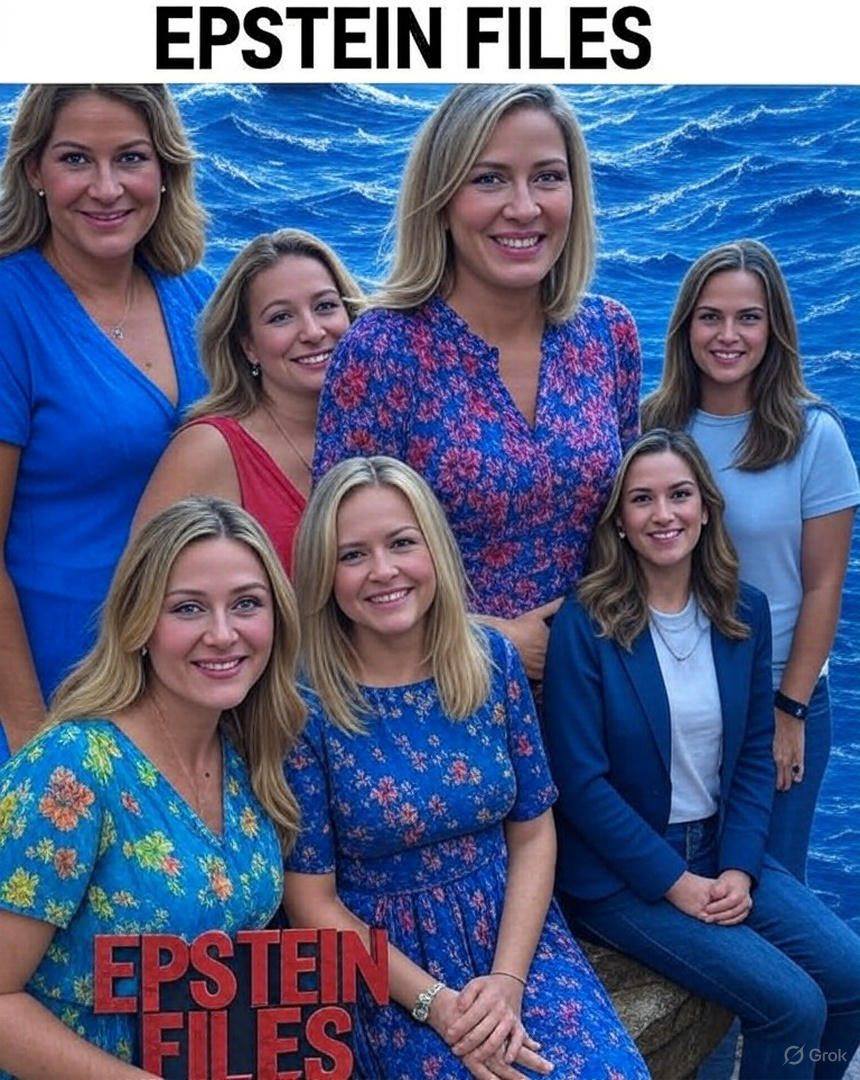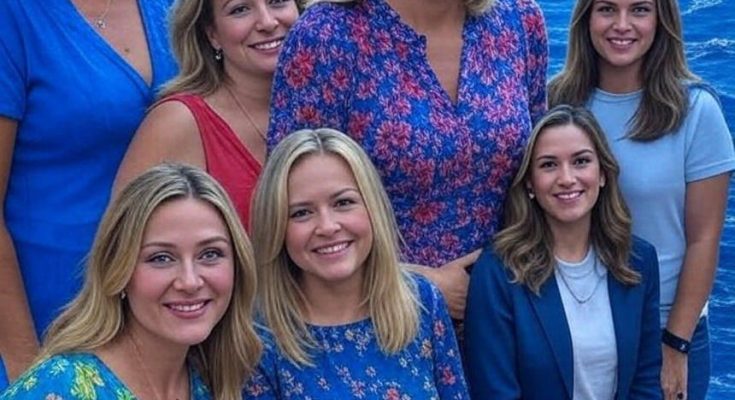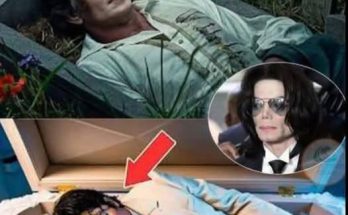There are moments in documentary filmmaking when truth doesn’t simply emerge — it erupts.
When the screen becomes less a window and more a warning.
When the past, long muffled under settlements, silence, and strategic forgetting, claws its way back with a cold insistence that cannot be ignored.
Netflix’s new four-part series does precisely that.
From the very first frame, it signals not entertainment but excavation. It invites viewers into the brittle architecture of secrecy that allowed one of the most disturbing abuse networks of the last generation to thrive. And at the center of this excavation stands Virginia Giuffre — the name once buried in sealed filings, today a voice that refuses to be pushed back underground.
The documentary’s opening line — “She was told to stay silent” — is not a narrative hook. It’s an indictment.
An indictment of systems, institutions, and individuals who had opportunities to intervene long before the world knew the depth of the damage.
What follows is not merely a retelling of known events. It is a dissection.

A study of how silence is engineered.
How accountability is negotiated.
And how a single survivor’s testimony, once dismissed as inconvenient noise, became the pressure point that cracked an empire built on secrecy.
The Whisper That Shook the Room
When Giuffre first testified years ago, the courtroom was not crowded. It was not buzzing with media, nor was it drenched with the bright fluorescence of public scrutiny. It was quiet — the kind of quiet where uncomfortable truths have to fight to be heard.
Her voice trembled, but the content did not. She described grooming, manipulation, exploitation, and the powerful figures who orbited around the man who would eventually become synonymous with systemic predation: Jeffrey Epstein.
The transcripts were explosive.
The implications were global.
But the outcome was silence.
What should have been a catalyst for sweeping investigations instead became a lesson in how quickly truth can be neutralized when it threatens the powerful. Settlements closed the gaps. Confidentiality agreements sealed the fractures. And the world, distracted by other scandals and headlines, let the story fade into background noise.
Netflix’s documentary drags that background noise back to the foreground — and turns up the volume.
Opening the Sealed Doors
The series doesn’t rely on shock value. It relies on documentation — and the slow, deliberate unmasking of what those documents reveal when placed side by side.
Viewers see unsealed court records that were previously kept from public view.
They hear from attorneys who spent years fighting to open boxes that should never have been locked.

They listen to journalists who chased leads that evaporated the moment they brushed against influence.
The documentary lays out a timeline not of events, but of obstruction:
-
Investigations that stalled mysteriously
-
Witnesses who recanted under pressure
-
Legal filings buried in administrative darkness
-
Reports that “disappeared” between agencies
-
Decisions framed as incompetence but shaped, unmistakably, by fear
Netflix doesn’t tell you what to think.
It shows you what to question.
The power of the series is not its ability to accuse — it’s its ability to illuminate.
Once the light is on, the shadows start to look like choices.
The Systemic Machinery of Silence
One of the documentary’s most unsettling achievements is how it maps the ecosystem surrounding Epstein’s operation — a network not just of individuals, but of conditions.
Silence, it argues, is rarely the product of a single decision.
It is an infrastructure.
The series identifies the components of that infrastructure:
1. Legal Settlements as Instruments of Containment
The documentary shows how settlements, intended in theory to resolve disputes, can become strategic tools to suppress evidence and prevent public scrutiny.
2. Institutional Blind Spots
From law enforcement to high-profile media outlets, failures accumulate. Some stem from bureaucracy, others from caution, and still others from outright reluctance to confront those with deep pockets and deeper connections.
3. Culture of Deference
Power attracts protection. And those who benefited from proximity to influence often found it easier to stay quiet than to ask unsettling questions.
4. Survivor Discrediting
The film highlights how victims — especially those from vulnerable backgrounds — are routinely dismissed as unreliable, dramatic, or opportunistic. Giuffre’s experience becomes a case study in the systemic devaluation of survivor credibility.
None of these components alone explains the scale of silence.
Together, they make it inevitable.
The Survivor at the Center
Giuffre is not portrayed as a symbol, nor a martyr. She is portrayed as a human being whose life was split into two timelines: youth manipulated and adulthood forced to fight for acknowledgment.
Her interviews anchor the documentary emotionally but also intellectually. She speaks not only of trauma, but of the exhaustion of confronting institutions designed to outlast individual courage.
What stands out most is not the pain she recounts, but the precision with which she describes the mechanisms that kept her story buried:
-
Legal documents she couldn’t access
-
Phone calls that were never returned
-
Investigators who discouraged her
-
Journalists who hesitated when confronted with powerful names
-
Years of being portrayed as either delusional or dangerous, depending on the angle
The documentary does something rare: it gives her narrative space to breathe.
It lets viewers feel the weight of time — and of the years in which the truth was not heard because it was not convenient.
Who Else Knew?
This question is never spoken directly in the documentary, but it vibrates beneath every interview, transcript, and archival clip.
It is not a question of guilt.
It is a question of proximity.
How many people sensed something was wrong but rationalized it away?
How many noticed odd patterns, unusual dynamics, unexplained arrangements — but chose not to look deeper?
How many asked questions only until the answers became professionally or socially expensive?
The documentary avoids sensationalizing. It does not point fingers at every figure who ever appeared in a photograph or social circle. Instead, it investigates the moral landscape around the scandal — revealing how culture, not just individuals, enabled the abuse to continue unchecked.
It reframes “Who else knew?” into a broader, more uncomfortable inquiry:
Why did so many prefer not to know?
A Reckoning Reopened
The final episode isn’t triumph.
It’s confrontation.
It confronts the audience with the scale of systemic failure.
It confronts institutions with the consequences of prioritizing reputation over responsibility.
And it confronts the world with a bitter truth:
What they tried to bury didn’t stay buried.
It calcified.
And now it’s cracking open.

But the documentary does something more subtle — and more powerful — in its final act. It warns that this story is not an anomaly. It is a blueprint for how abuse flourishes when society becomes complicit through silence.
The Aftertaste of Truth
When the screen fades to black, the chill lingers.
Because the documentary isn’t just about what happened — it’s about what could happen again.
It leaves viewers with three haunting realizations:
-
Truth does not disappear when buried. It festers.
-
Systems designed to protect the powerful often do so at the expense of the vulnerable.
-
Silence is never neutral. It is a choice — and often a deadly one.
Netflix has not created a spectacle.
It has created a mirror.
And when you look into it, you might not like what stares back.
This time, you won’t look away.



